The yogis of the internet have started a wonderful food trend that has everyone wanting to eat healthy—gorgeous buddha bowls. Okay, so maybe not everyone, but a lot of people are definitely entranced by these beautiful, multicolored meals.
Buddha bowls, also known as rainbow bowls, protein bowls, hippie bowls, and macro bowls, are vessels piled high with wholesome ingredients. The name "buddha" refers to the fact that these bowls are stuffed so full their contents are round like Buddha's belly.
But there's no need to go to an overpriced health-food restaurant to enjoy one when you can easily make your own creative, colorful Insta-worthy bowl at home.

Jessica Bose/Food Hacks Daily
There are no rules when it comes to choosing ingredients for a buddha bowl; you can make your bowl as simple or elaborate as you'd like. Raw buddha bowls are perfect for those moments when you are short on time, whereas cooked buddha bowls can satisfy the craving for a hot meal. The choice of ingredients and whether they are raw or cooked is entirely up to you.
Tips for Making a Colorful, 'Insta-Worthy' Bowl
The best buddha bowls have an eye-catching color palette, which is why they are so popular with the "food paparazzi" of Instagram. Here are some tips to making a bowl with a variety of appealing colors:
- Choose vegetables with good color variety. If your bowl has a lot of dark green and brown items, choose brightly colored produce like red tomatoes, pink radishes, or purple cabbage to perk it up.
- Choose colors that contrast well. Opposite colored food, such as dark purple blackberries and milky white yogurt, complement each other well. Check out these color wheel basics to learn more about complementary colors.
- Consider following a color theme. For example, if your theme is "earthy," you would choose ingredients that are different shades of brown, red, orange, and dark green. If your theme is "spring" or "summer," you would make use of ingredients in radiant shades of pink, purple, yellow, and spring green.
- Green can do wonders for a bowl in need of more color. Herbs such as mint, cilantro, and parsley, or leafy greens like spinach, kale, or rainbow chard can really make the bowl pop.
The 4 Components of a Buddha Bowl
The best way to make a well-nourished bowl is to combine these four basic nutritional components:
- a grain/starch
- a protein
- a healthy fat
- colorful vegetables and/or fruit
The Grain/Starch
The grain is the base (the heart and soul) of the buddha bowl. Three of my favorite grain/starch bases for buddha bowls are quinoa, couscous, and lentils. Each of these can be cooked over the stove in less than 20 minutes. I advise cooking more grains than you need and storing the remainder in the fridge or freezer for later.
Other grains you can use for buddha bowls include (but are not limited to) rice, barley, oats, buckwheat, and millet. Not a fan of grains? Try building your buddha bowl with some whole grain noodles.

Jessica Bose/Food Hacks Daily
Prep Grains & Veggies Ahead of Time
Get ahead of the game by preparing what you can in advance. You can easily cook your grains and prep your vegetables a day in advance. Then, when it comes time to make the buddha bowl, all you need to do is artfully arrange the prepped food into a bowl and it'll be ready to eat!
If you want to get into an even healthier groove, you can try soaking and sprouting your grains, too.

Jessica Bose/ Food Hacks Daily
The Protein
You probably already know that protein is important. It's the reason why our mothers always told us to finish our chicken nuggets before our French fries. It's also why I am advising you to include protein in your buddha bowl.
Protein comes in many different forms. Try adding fish, such as grilled lemon rosemary salmon, smoked trout, or ahi poke to your buddha bowl. Grilled chicken, of course, is always a good option for protein as well. Vegetarian options for protein include a rich 'n' oozy poached egg, baked tofu, and beans like chickpeas or black beans.
The Healthy Fat
Thank goodness for healthy fats. I don't know what I would do without creamy avocados. Top your buddha bowl with diced avocado, nuts, seeds, or a drizzle of fruity olive oil to satisfy the addition of a healthy fat.
The Fruits & Vegetables
Buddha bowls require a rainbow of fruits and vegetables. These items always taste best when they're in season, so try to use seasonal produce whenever possible. There is no limit to how many veggies you can put in your buddha bowl, so buy all your favorites and go nuts (or bananas, if y'know what I mean).

Jessica Bose/Food Hacks Daily
#1: The Breakfast Bowl
Start your morning with a breakfast buddha bowl. Quinoa pairs surprisingly well with a creamy cup of plain, full-fat Greek yogurt. Add some almonds for texture and juicy blackberries for sweetness, then finish this bowl with a perfectly sweet drizzle of raw honey and you're ready to take on the day.
- grain/starch = quinoa
- protein = Greek yogurt
- healthy fat = almonds
- fruit = blackberries, shredded coconut, fresh mint

Jessica Bose/Food Hacks Daily

Jessica Bose/Food Hacks Daily

Jessica Bose/Food Hacks Daily

Jessica Bose/Food Hacks Daily
#2: The Lunch Bowl
Beat midday cravings with a filling, veggie-rich lunchtime bowl. Couscous cooks very fast, so it's the perfect food for a short lunch break.
- grain/starch = couscous
- protein = white beans
- healthy fat = sunflower seeds
- veggies = purple cabbage, spinach, multi-colored carrots, cucumbers, bell peppers

Jessica Bose/Food Hacks Daily

Jessica Bose/Food Hacks Daily

Jessica Bose/Food Hacks Daily

Jessica Bose/Food Hacks Daily
#3: The Dinner Bowl
A dinnertime buddha bowl is a healthy and filling way to end the day. This hot buddha bowl combines red lentils with curry roasted potatoes, sautéd zucchini, and creamy avocado.
- grain/starch = lentils, roasted potatoes
- protein = chickpeas
- healthy fat = avocado
- veggies = sautéed zucchini, radishes, parsley, heirloom tomatoes, green onions

Jessica Bose/Food Hacks Daily

Jessica Bose/Food Hacks Daily

Jessica Bose/Food Hacks Daily

Jessica Bose/Food Hacks Daily
#4: Other Drop-Dead Gorgeous Bowls
If you are looking for ideas and inspiration, Sarah Britton of My New Roots makes amazing bowls, such as her late summer abundance bowl with coconut curry sorghum and kachumber salad.
Everything's Better Sprouted has a great recipe for a macrobiotic buddha bowl. This earthy bowl contains quinoa, smoked tofu, and shiitake mushrooms dressed in a tahini miso sauce. Heart-shaped bowl is optional.
Not all buddha bowls have to be vegetarian, though. Simply Sissom's Southwestern buddha bowl combines marinated chicken with black beans and squash. Bailey, the creator of this recipe, recommends marinating the chicken ahead of time so it's ready to quickly grill up and serve.
A Rainbow in a Bowl
Whether you are health-conscious or not, the eye-popping photos of these bowls alone have the ability to make you crave wholesome grains and veggies. So fill your bowl with the colors of the rainbow, grab a fork, and enlighten your tastebuds with a beautiful buddha bowl. Namastasty!
- Follow Food Hacks Daily on Facebook, Twitter, and Instagram
- Follow WonderHowTo on Facebook, Twitter, and Google+










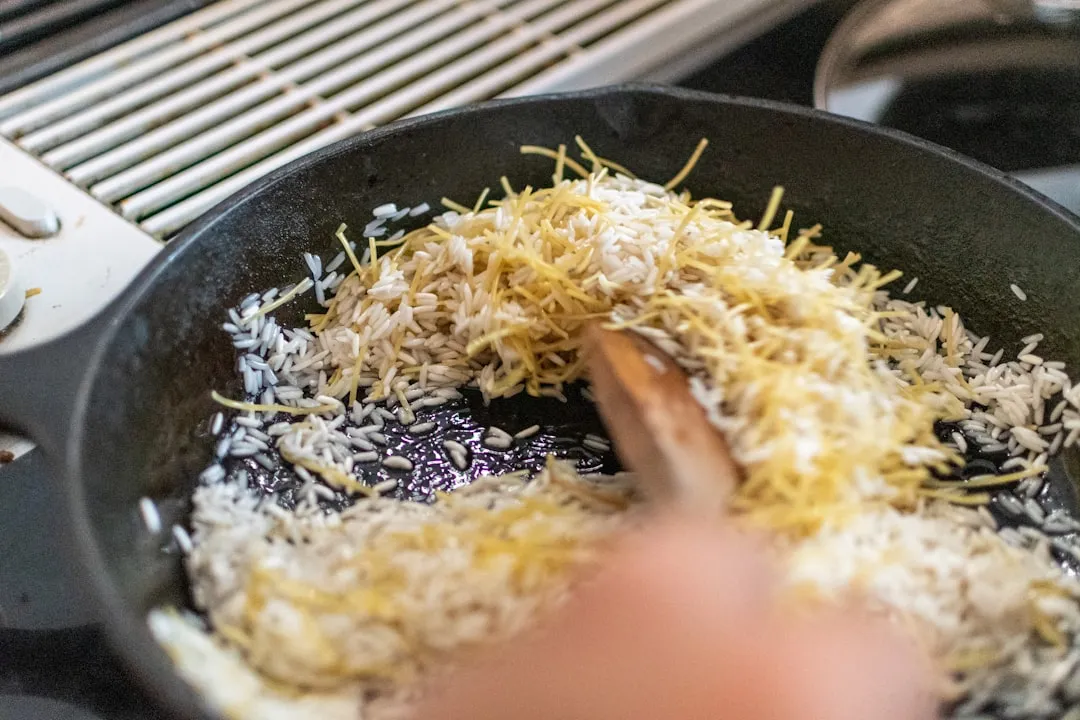


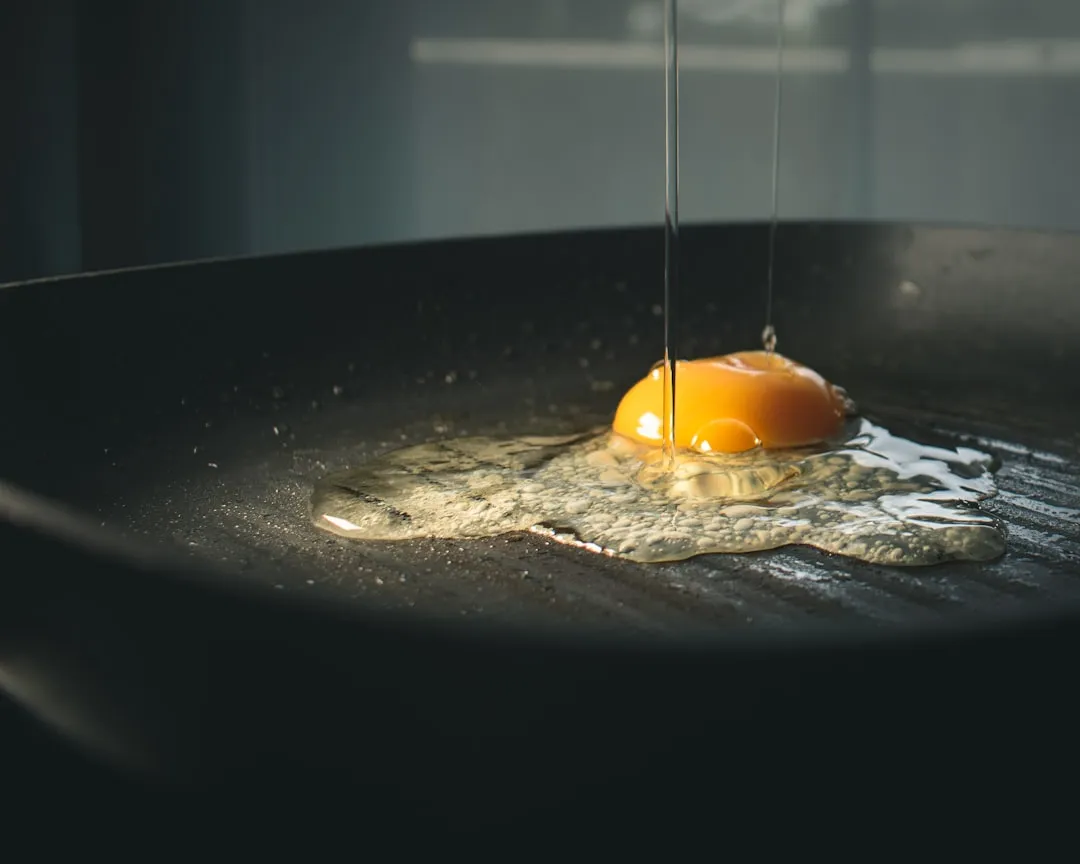
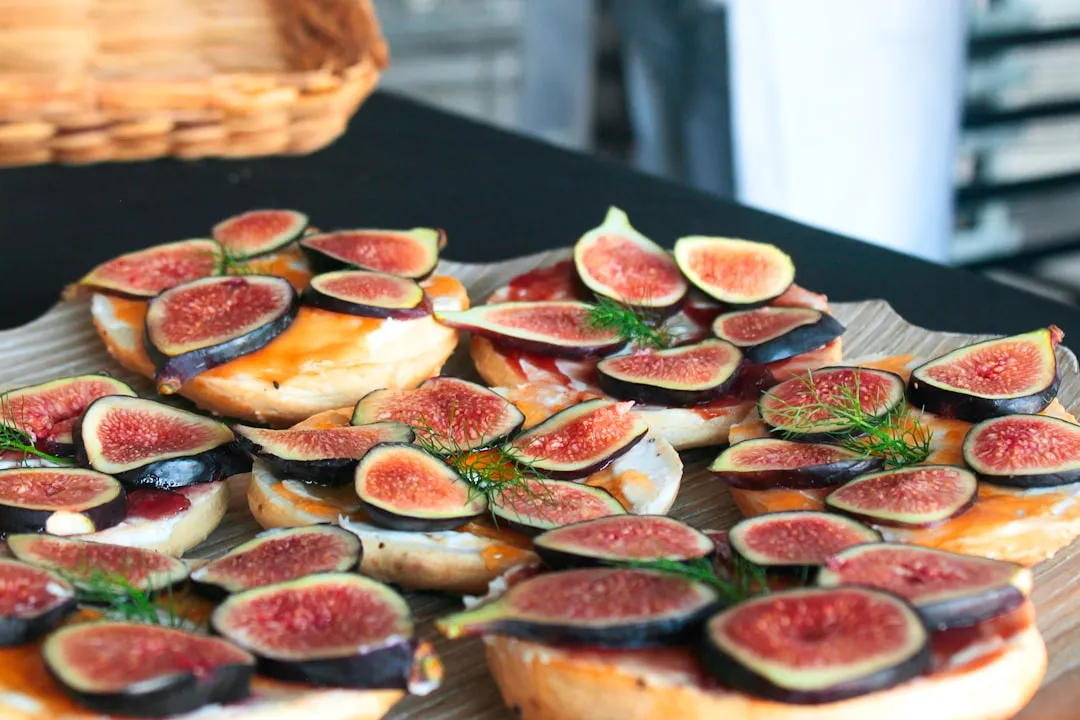

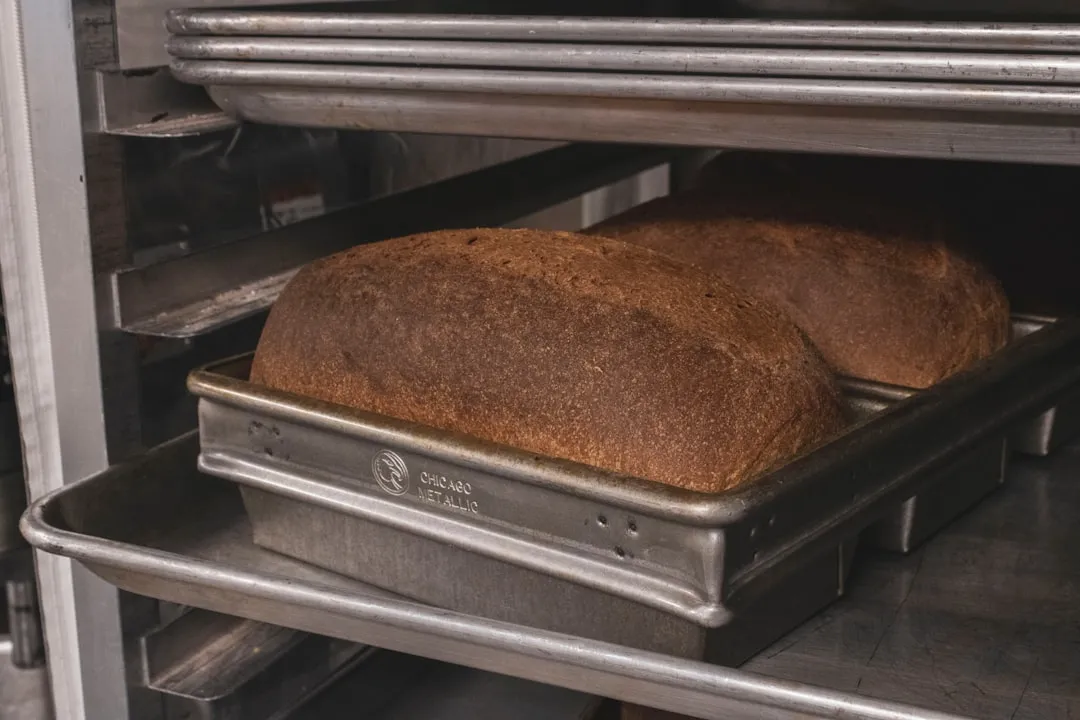







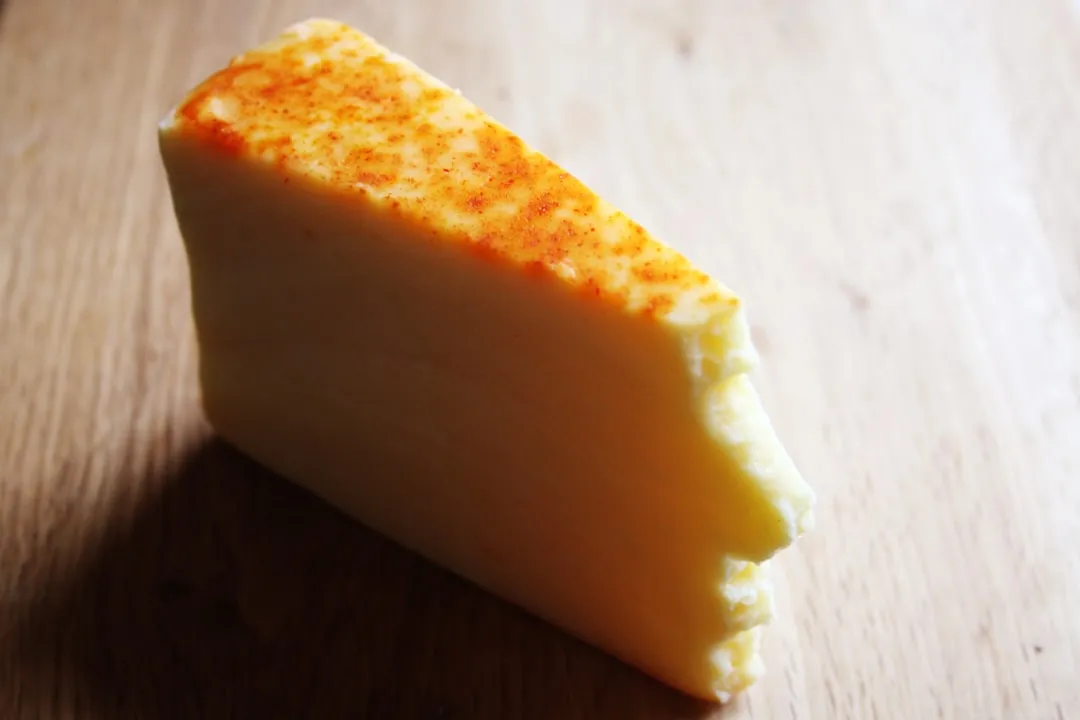
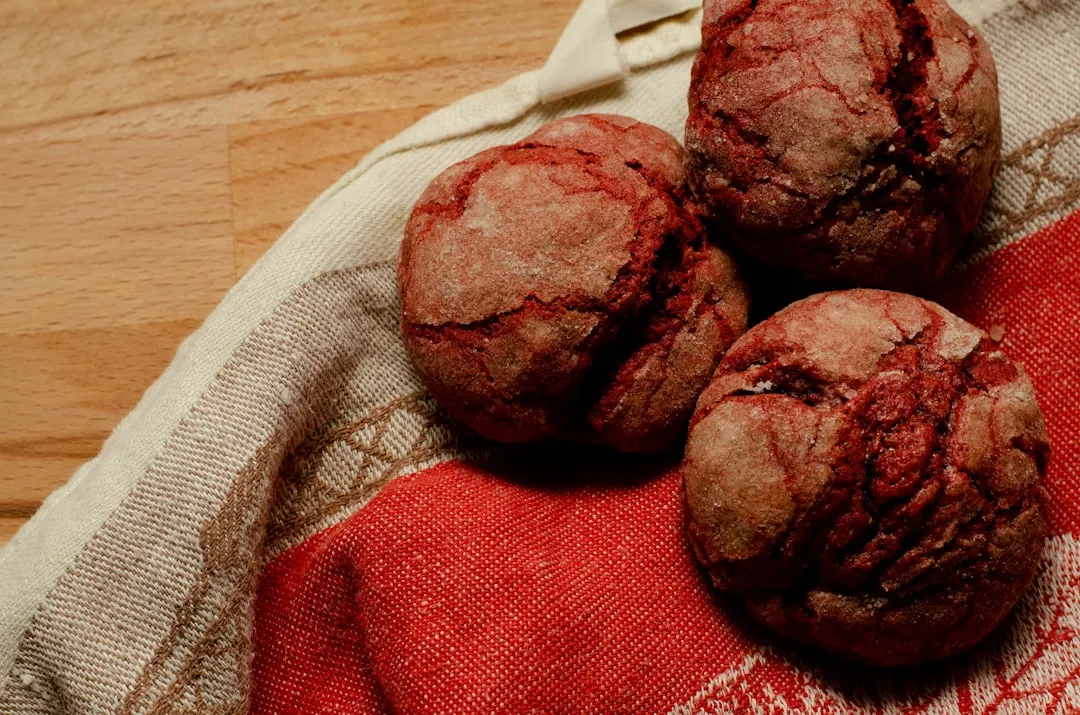


Comments
Be the first, drop a comment!